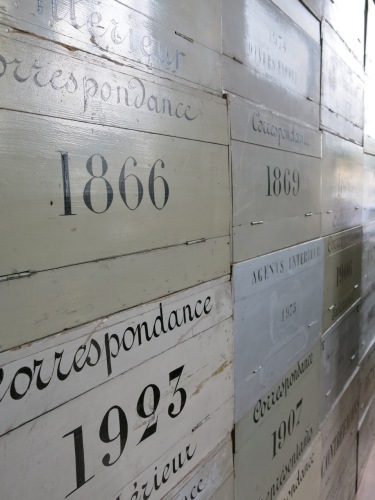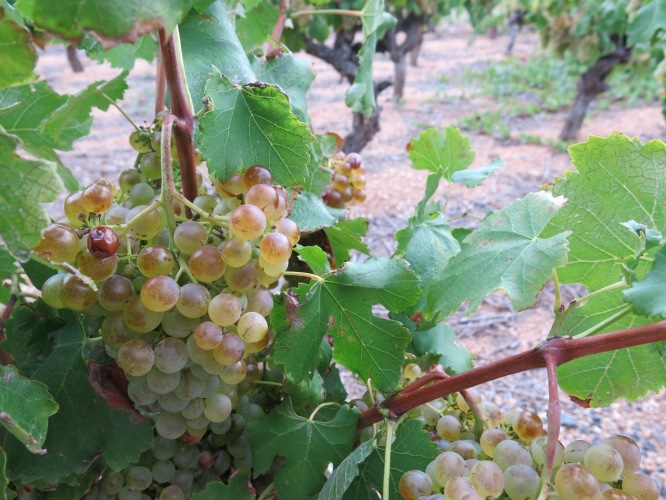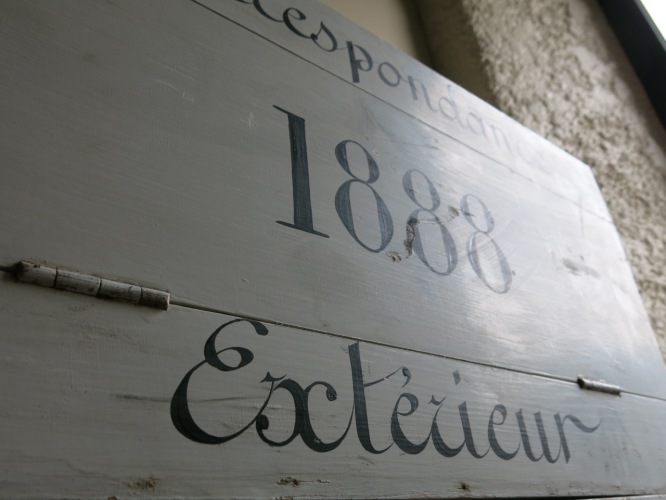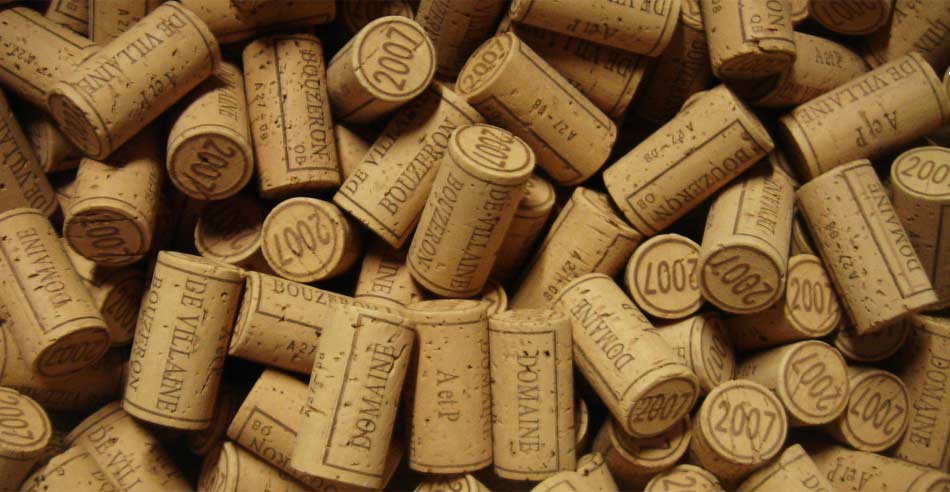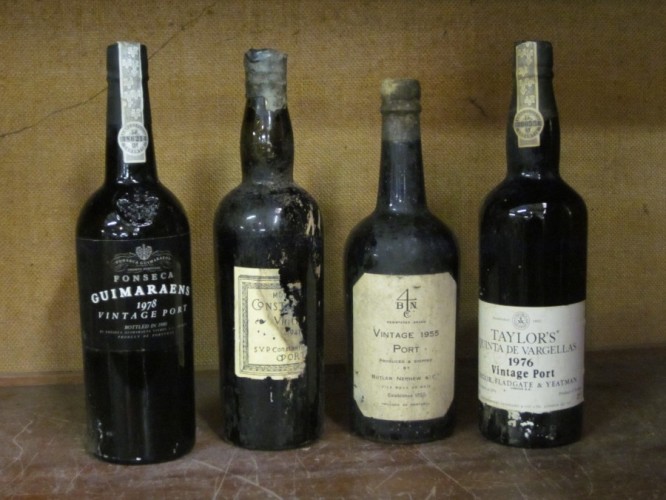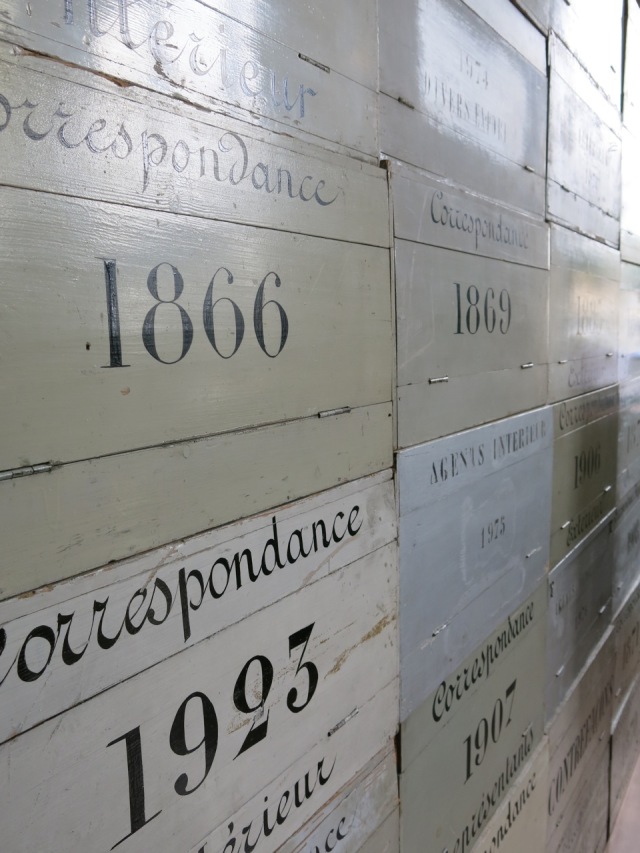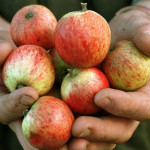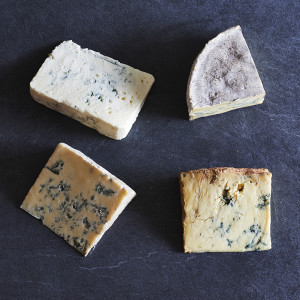A good (vintage) year
Reinhard Pohorec•Factotum Fortified
While some people find it challenging to remember what happened the day before, others still recall former glories and quirky details from long ago. A little time lapse and the peculiarities of your 19s or 20s something! Maybe you were born in 1980. Maybe you finished high school in 1998, the year when the French football team won the World Championship in their own country. Maybe you got your university degree in 2003, whilst 2009 saw your marriage and in 2011 your first child made you happier than anything before.
And honestly, every time you just get used to writing the right year on your documents, there comes the 31st of December, New Year’s Eve, a few glasses of Champagne, and a new adventure about to begin… Numbers and vintages might mean a lot to us -be it the date of marriage, an important event, your first kiss- well, you get the idea, right?
When it comes to alcoholic beverages, a specific year can be of importance as well. Wines around the world are highly dependable on the time frame ranging from pruning ’til harvesting, blossoming ’til bottling. The weather, the annual rainfall, it all makes for the specific characteristics of a single vintage. Now some products, spirits or fortified goods, might strive for overall consistence day in and out, whilst others put natures fingerprint on single bottles.
If you’re looking for a Grand Cru Bordeaux wine, 2004 or 2005 can make a big difference, if you buy your ol’ Chivas Regal 12YO you probably give a damn about annual analysis. In the spirits world mentioning a date of distillation and bottling may not tell you something about the quality or the amount of rainfall back in those days, but rather an indication of the liquid’s exact age.
Madeira can have an asserted vintage on the label, even “Colheita” Madeiras are not entirely uncommon. Marsalas from Sicily can sometimes be called “Annata” and feature one single year as well. In Portugal’s Douro valley, the assiduous women and men rely heavily on vintage charts and the classification of the current year. This will determine whether there will be “Vintage Port” or if the wines are rather going into a different direction.
Only if the climatic conditions like interaction of humidity, sun, wind guarantee superb quality of grapes, the wine makers and Port houses will declare a vintage. The Portuguese word “Colheita” means “harvest” and symbolizes a vintage Tawny Port, which was aged oxidatively for a prolonged period. Guests and consumers then have to get their bearings right and being able to distinguish between a so-so, a good or an outstanding wine, simply by reading those four little numbers after the product’s or producer’s name in the menu or on the store shelves.
Sherry on the other hand is a totally different matter, following its own idiosyncrasies. With solera aging, by definition a dynamic process, it is almost impossible to provide a crystal clear age statement. A constant mélange of old and new, sobretablas and decade-old wines makes for the characteristics of the Andalucian treasures and dividing them into their particles might be fiddly even for the quirkiest chemist (for VOS, VORS or other indications of maturity however, a certain mathematic formula is provided by the Consejo Regulador).
Only recently a certain trend towards “Vintage” or “Anãda Sherries” was slowly building up. Well, honestly, it’s a niche and there are very little examples of Sherries coming from a single year and single harvesting season. In fact though, before the solera system became custom, most wines in Jerez de la Frontera, Sanlucar de Barrameda and El Puerto de Santa Maria were vintages.
Today the bodegas fill the butts with fresh wines and keep them aside without entering a solera. Since the liquid won’t be refreshed, mature faster than their traditional fellows and therefore also have higher exposure to wood influence, more robust musts are considered adequate for Anãda Sherry. In order to avoid too much evaporation, casks dating from the same vintage can be racked together into smaller receptacles.
Williams & Humbert, Gonzalez Byass have been following the vintage path for quite a while, separating a certain number of casks every year. Recently Lustau, Bodegas Tradicion, Hidalgo and (to a certain degree) Sandeman started similar projects -obviously the availability of these products varies according to the bodega’s preference and style.
Before you run to your liquor cabinet and crack open that good looking bottle of 1730 Domecq or Gonzalez Byass 1847 Oloroso Dulce, hold on for a second. This is not the oldest hidden gem you just discovered in your collection, some dates on the label are a bit irritating, to say the least. A producer might name their wines after the year the company was founded, the bodega was built or another milestone in their century long history. Furthermore, an En Rama quality with “Spring” or “Autumn 2014” attached simply means the season of the saca, the moment the wine was taken out of the cask and bottled. So proceed with caution and have an eye on the fine print.
Still if you want to celebrate your son’s birthday, sweeten up the wedding anniversary or set aside a collection of highly collectible bottles, Vintage might be your thing. Buyer beware, buyer take care, times are a changing, and so is the liquid inside the bottle. One thing is for sure, an adventure it will be, no matter if it’s 1955, ’85 or 2025.



